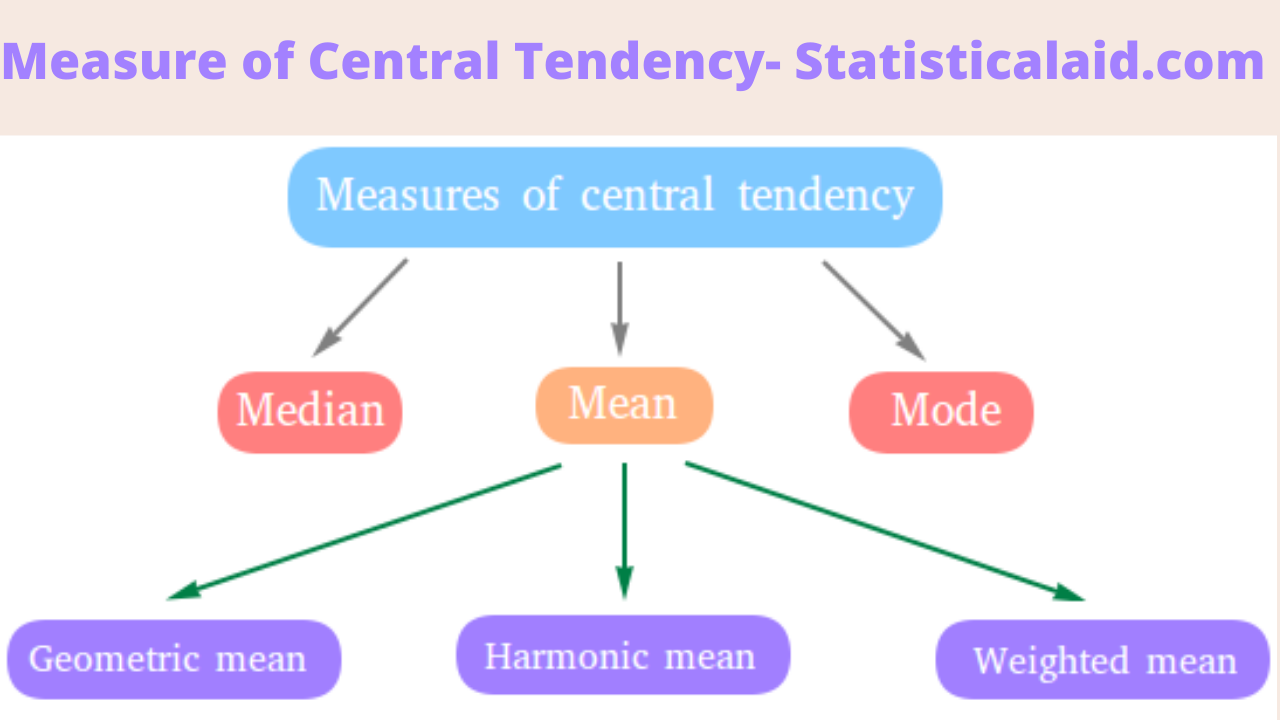Geometric Mean definiton, formula and applications
The Geometric mean is a special types of average where we calculate the root of the product of a value of a set of observations. It is usually used to define various types of growth rates such as population growth, interest rates etc. Formula of geometric mean By definition, the formula is as below, … Read more







